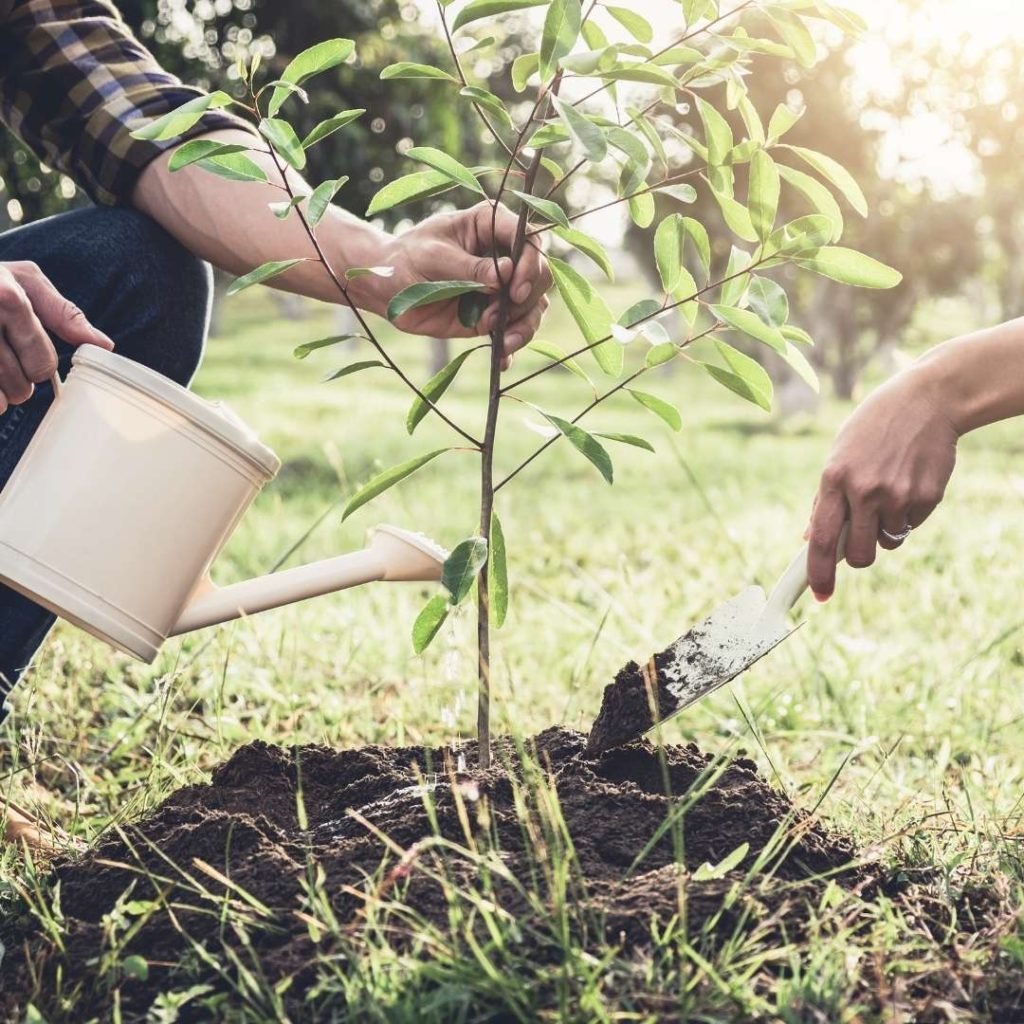Impact
Environment Impact Report of Nelda's Tree Plantation in Pune
Every action, no matter how small, always has an impact. Whatever we do might not affect everything or everyone in this world. But it does make a difference. Everything we do today might not get us the result in this instance, but those efforts are never wasted.
Small daily actions can have a huge impact on the future. Nelda is working with a mission of making this world greener than how we found it. For many years, Nelda Foundation, along with its volunteers, is planting and nurturing trees at Hanuman Tekdi, SB Road Pune.
New visitors might not be able to understand the impact of planting trees right away, but people who are regular visitors at Tekdi for more than 5-6 years can recognize the change in the place because of the trees we’ve planted. Working for the environment is no one man’s job. We all need to come together to do it. Hence, we try our best to get as many people involved in Nelda as possible. All our events are public and open to anyone who wants to join.

Trees planted & currently managed by Project Nelda

Man hours contributed by Nelda Volunteers since 2016

Total volunteers who've joined Nelda's activities


60,000+
Approx
Kilograms of oxygen generated each year
Obviously, one of the biggest benefits of planting trees is the oxygen they generate. You don’t need us to tell you the importance of oxygen. It is literally what our lives depend on. Since deforestation started in the late 1800s, the forest cover of the world has been depleting consistently. This has resulted in lower oxygen generation by trees. Nelda specifically aims to combat this by planting more trees that generate healthy amounts of oxygen each year.
As per a conservative estimate, the saplings Nelda has planted generate more than 60,000 kilograms of oxygen each year.
Explore our Tree Plantation Site in Pune:

18,000+
Approx
Kilograms of carbon dioxide absorbed each year
Along with generating the much-needed oxygen, trees perform another crucial task – absorbing carbon dioxide from the atmosphere. With the increasing industrialization, we’re putting too much carbon dioxide into the earth’s atmosphere which is resulting in climate change around the world. One of the most efficient ways to combat it is to plant more trees that can absorb this additional carbon dioxide from the air.
As per a conservative estimate, the saplings Nelda has planted absorb more than 18,000 kilograms of carbon dioxide each year.

Help Nelda Plant More Trees:
The "Impact" we've created

City Beautification

Volunteering Opportunities

Avoiding Soil Erosion

Battling Climate Change

Community Enagagement

Encouraging Biodiversity

Creating Green Parks

Ecosystem Development

Restoring Environmental Balance

Social Awareness

Water Conservation

Combating Pollution
Follow on Instagram
The positive Environment Impact Nelda is Creating...
We are often asked about the question Why. Why are we doing this? Why Nelda? Why tree plantation? The answer to this is simple – we decided to work on something that transcends momentary problems or discomforts. Environment conservation is a job for centuries and the generations to come. Even though planting trees might not solve all our problems, it is one the simplest and far reaching solutions that we all can work on right now.
Trees are not just important for us humans, but they have immense value in our ecosystem and our environment. Do you remember about the process of photosynthesis that we learned in school? Trees absorb carbon dioxide and produce oxygen that we breathe. But it’s not the only thing that trees contribute. Trees help in improving the air quality, supporting wildlife, combating climate change, preserving soil, conserving water and much more. Trees control the environment by directing the impacts of the sun, rain and wind. Leaves assimilate and channel the sun’s energy, keeping things cool in summer. Trees likewise save warmth by giving a screen from brutal breeze. As well as impacting wind speed and heading, they safeguard us from the downfall of rain, slush and hail. Trees additionally bring down the air temperature and decrease the intensity power of the greenhouse impact by keeping up with low degrees of carbon dioxide. Both above and subterranean, trees are fundamental to the eco-frameworks in which they live. Broad roots hold soil set up and battle disintegration. Trees assimilate and store water which decrease overflow and dregs store after storms. This assists the ground with watering supply, forestalls the vehicle of synthetic substances into streams and forestalls flooding. Fallen leaves make brilliant manure that enhances the soil.
A fully grown tree produces 117 kilograms of oxygen each year.
In one year, a mature tree will absorb more than 12 kilograms of carbon dioxide.
We all heard that trees produce oxygen, but have you ever wondered just how much oxygen one tree produces? The amount of oxygen produced by a tree depends on several factors, including its species, age, health, and surroundings. A tree produces a different amount of oxygen in summer compared to winter. So, there is no definitive value. But here are some typical calculations:
“A mature leafy tree produces as much oxygen in a season as 10 people inhale in a year.”
“A single mature tree can absorb carbon dioxide at a rate of 12 kilograms per year and release enough oxygen back into the atmosphere to support two human beings.”
“One acre of trees annually consumes the amount of carbon dioxide equivalent to that produced by driving an average car for 41,800 miles. That same acre of trees also produces enough oxygen for 18 people to breathe for a year.”
“A 100-foot tree, 18 inches diameter at its base, produces 2,700 kilograms of oxygen in a year.”
How to calculate the carbon in a tree?
As we know, generally 50% of a tree is water, we need to remove that from the equation. Because to calculate the carbon content of a tree, we need to know its dry mass. That’s its mass excluding the water.
Dry mass: 50% of the tree is the dry mass
Carbon: 47.5% of the dry matter of the tree consists of carbon3
Water: 50% of the tree is water (20% of that is in the roots)
As the longest living species on earth, trees give us a link between the past, present and future. Trees benefit our health too. The shelters of trees go about as an actual channel, catching residue and engrossing toxins from the air. Every individual tree eliminates up to 1.7 kilos consistently. They likewise give conceal from sun based radiation and diminish commotion. More than 20 types of British trees and bushes are known to have therapeutic properties. The oil from birch bark, for instance, has clean properties. Research shows that not long after being encircled by trees and green space, your circulatory strain drops, your pulse eases back and your feelings of anxiety descend.
After all the above information, one thing is for sure, for our better and healthy future we need TREES.
